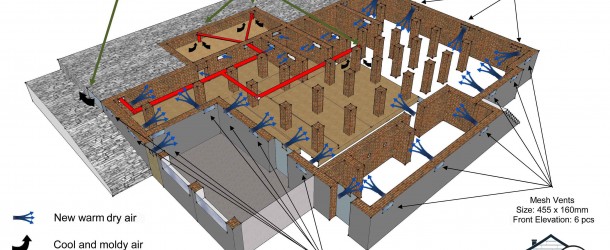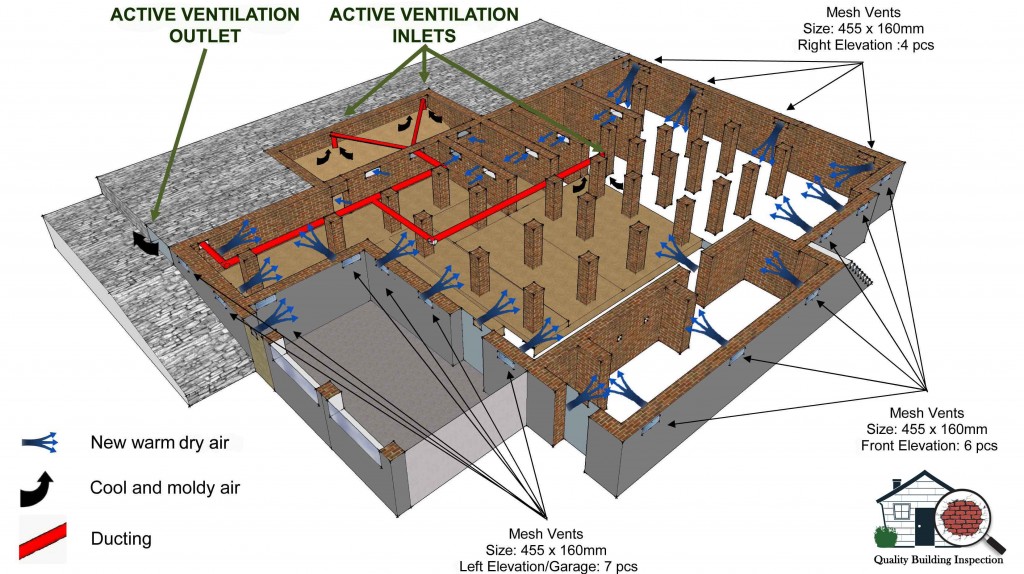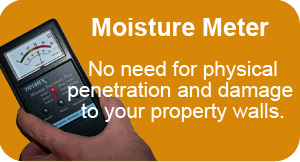When booking a Pre Purchase Building Inspection at Quality Building Inspection our inspectors will look for minor and major defects on the building and the building’s structure. One issue often underestimated by clients is the importance of proper Subfloor Ventilation.
Why is Subfloor Ventilation important?
Moisture escapes from the soil and will be absorbed by the air above, raising the relative humidity of the air. This in turn will raise the moisture content of the framing and flooring and can cause mould. Mould is a serious health hazard. The moist environment in which mould grows is also conducive to termite infestation.
Proper ventilation is necessary to reduce the relative humidity of the cool air in the subfloor, by replacing the existing air with new warm dry air coming from outside the subfloor.
What are Mould Spores?
Mould are a type of fungus. Mould spreads by releasing millions of tiny spores into the air. They need moisture to grow and are usually found in damp, poorly ventilated areas of homes, such as subfloors. You cannot see the spores but you may be able to see mould, grey, yellowish, green or black in colour, growing on damp surfaces.
Mould spores are a source of indoor air pollution. Airborne mould spores can produce allergic reactions in sensitive people similar to hay fever. People who experience allergic reaction to mould spores are also more likely to suffer from asthma. Mould spores can be reduced by improving ventilation in the subfloor, and by limiting sources of moisture and condensation.
Call Quality Building Inspection toll free on 1800 656 343 to check the condition of your subfloor for a free site assessment:
Photo below:
Diagram of a well-functioning subfloor ventilation system.












Comments are closed.